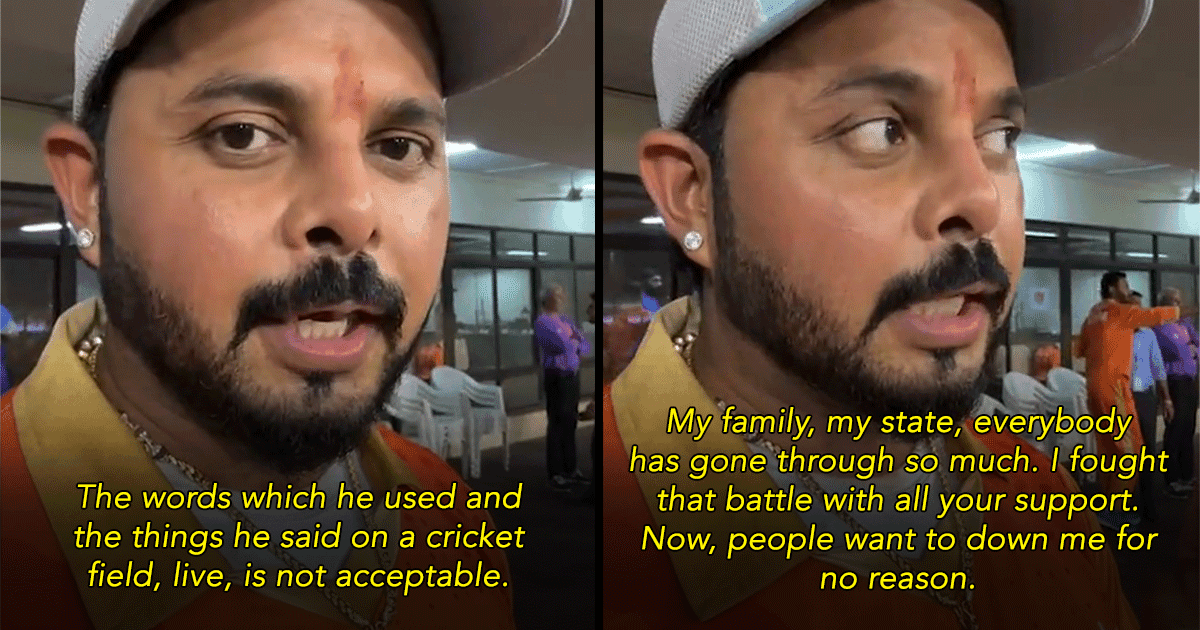Like any sport, rules are the foundation of cricket, and while we know many of them – there are others most of us have no idea about. With R Ashwin walking off the pitch last evening, the fascination with the rules of cricket has been awoken once again. Here we look at some of the lesser-known ones.
1. Tactical retired out.
A contentious rule that allows a batter to walk back to the pavilion on their own accord and results in them being declared “retired out”. Another batter takes their place in case this happens and the game is continued from the point where the previous player had left. The rule is frowned upon by many for it makes things too convenient for the batting side – if you’re unable to hit the ball, just walk away.
R Ashwin recently walked back to the dugout to make way for Riyan Parag during Rajasthan Royals’ last over. He became the first batsman in IPL to do so.
Retired out? Sorry what? How does Ashwin find these cricket rules? 😂
— Anupam Gupta (@b50) April 10, 2022
2. Fake fielding.
This one is supposed to stop any over-smart player from the fielding side trying to cause damage to the team that is batting. The rule is what the name suggests. If a fielder tries to deceive the batter in any physical or verbal manner as to where the ball is or with whom, it qualifies as “fake fielding”. If the umpire decides that the fielding side is guilty of this, 5 runs are awarded to the batting side as a penalty.
For instance, if the wicketkeeper throws the ball to fielder 1, but says something that suggests that they have thrown it back to fielder 2 – this will confuse the batter, and hence result in the case of fake fielding. Such an incident occurred during South Africa vs Pakistan match in 2021. Though Quinton de Kock, the wicketkeeper, was not declared guilty.
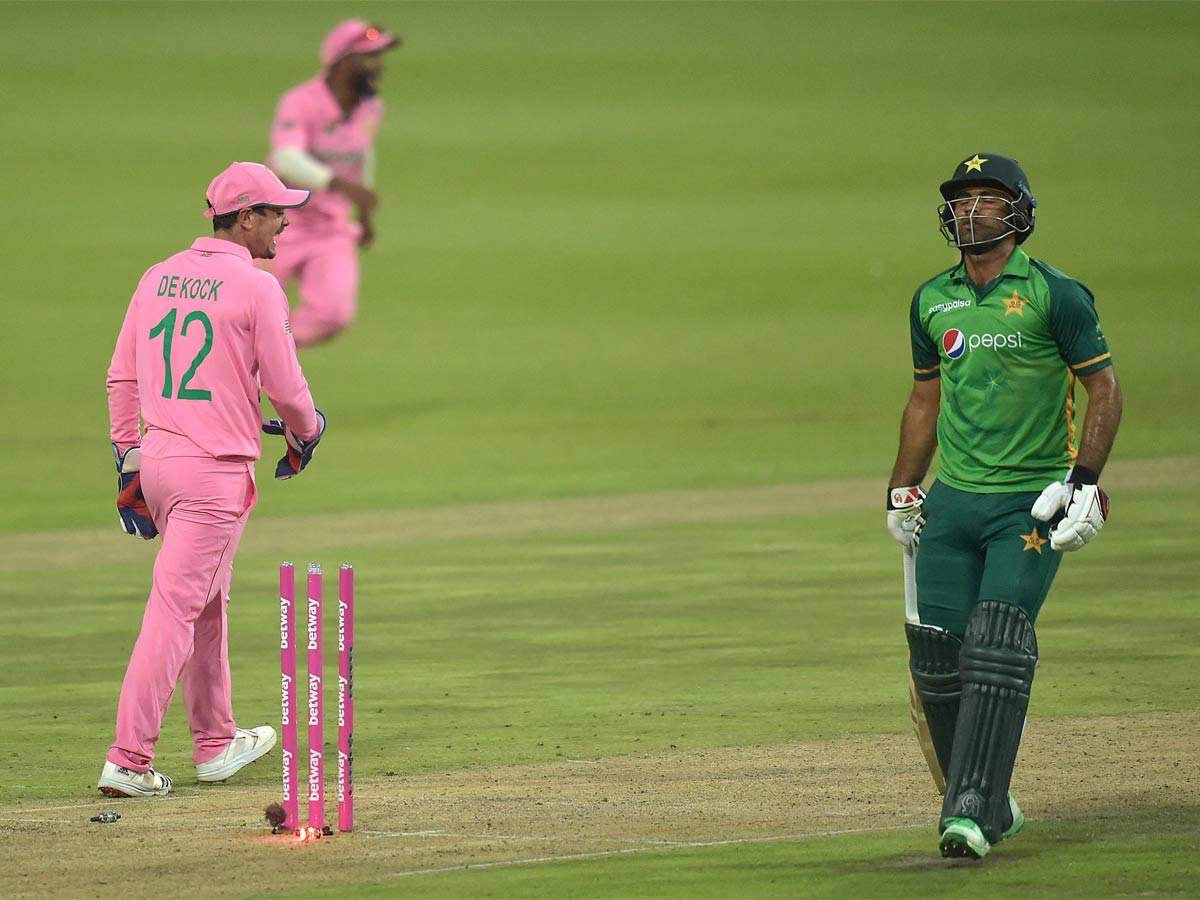
3. Penalty for intentionally kicking the ball over the boundary.
Why would a fielder do that to their own team? To force favorable strike change, maybe? Like Sehwag here who kicked the ball over the boundary and South Africa was awarded 5 runs.
4. “How’s that”!
You must have heard fielders scream these words all the time. There is a reason for that. The vocabulary here is crucial. As per the rules, “how’s that” covers appeals for all forms of dismissal, and we know that without an appeal, the umpire cannot rule the batter out. So that way, this phrase is very important actually.

5. If the leg umpire moves to the off-side, they have to inform the other umpire, the skipper of the fielding squad, and the batter on the crease.
Hassle, yes? No. It’s one of the crucial rules, which, if ignored, results in the consequent delivery to be declared dead.

6. Dismissed timed out.
After the dismissed batter has walked back to the pavilion, the next batter has precisely 3 minutes to take their place. Otherwise, they are also declared dismissed. This has never happened in Test cricket but now that the players are experimenting, who knows, we might see this happen soon.
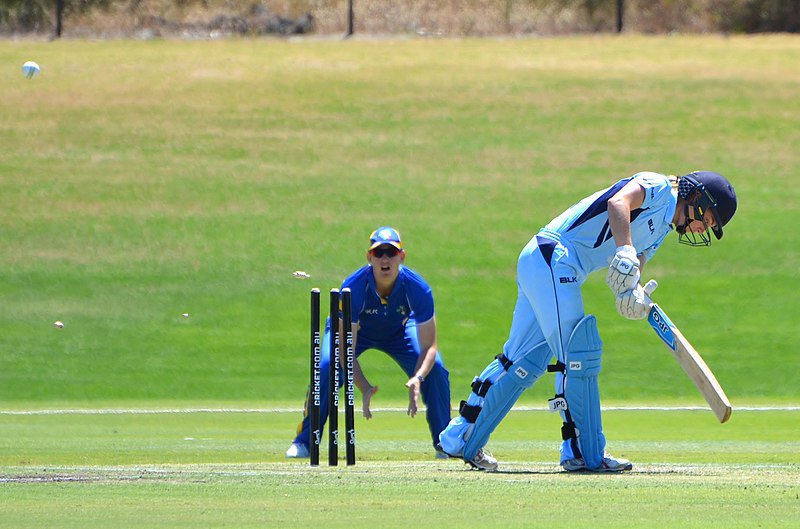
7. As a batter, you could be declared out if you hand it to the fielder without their consent.
This counts as “obstruction of field”, and hence, a very legitimate form of dismissal as per the rules. The rule also applies if the batter uses their bat to touch the ball.
8. Cricket can be played without the bails.
If both the umpires feel that they have to proceed with the game without the bails, they can choose to do so. This obviously makes dismissals a bit tricky, but it is within the rules.
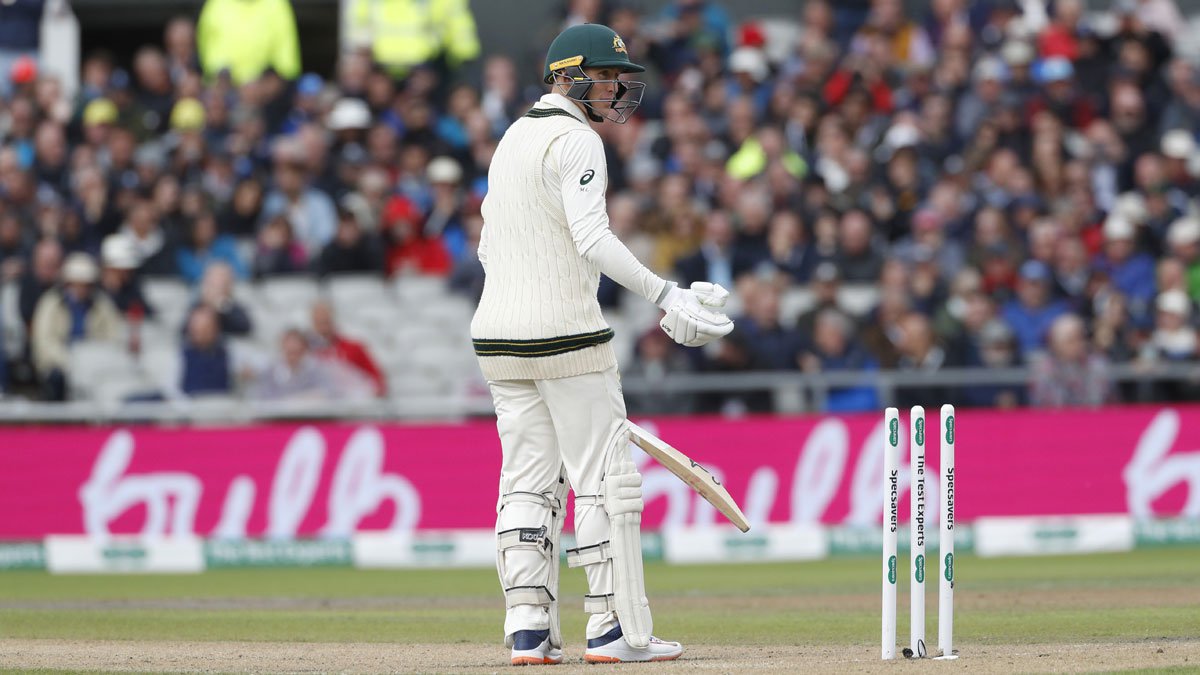
9. If a fielder who had walked out of the field, comes back without permission and touches the ball, the delivery is declared ‘dead’ and 5 runs are awarded to the batting side as a penalty.
For whatever reason, if a player steps out of the field and walks in without consulting with the umpire, they will have some fine to pay.
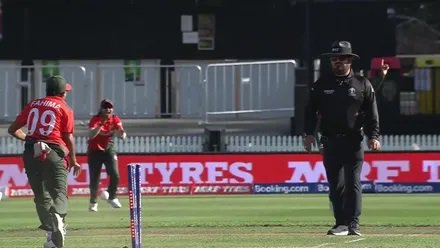
10. If a fielder wears the wicketkeeper’s gloves abruptly and for no legitimate reason, penalty runs are again awarded to the batting team.
Those are the wicketkeeper’s possession, strictly. You can’t play around with the gloves.
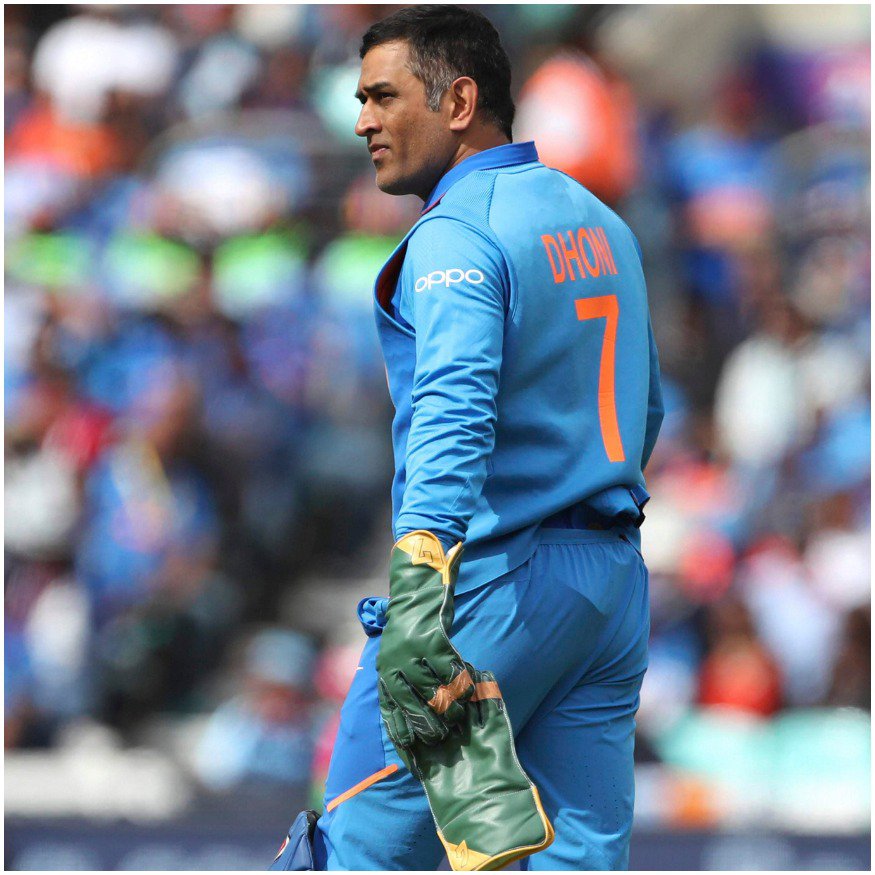
The more you know!





